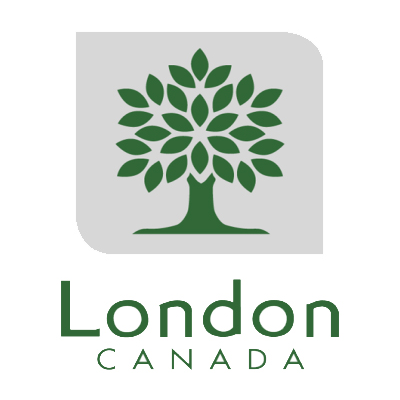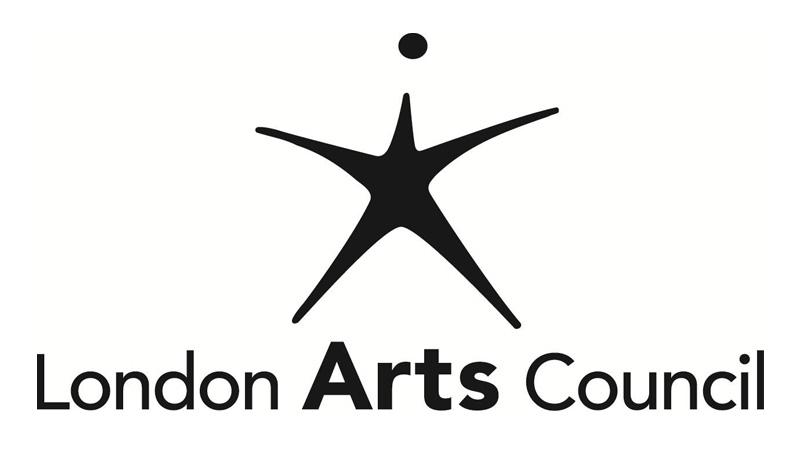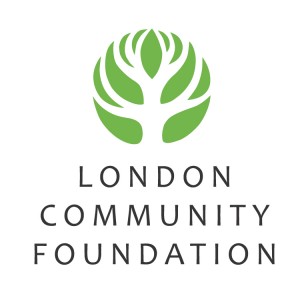Residential Schools
Canada’s first residential school was first opened and accepted its first students in 1831. It was called The Mohawk Institute in Brantford, Ontario. The two primary objectives of the residential school system were to remove and isolate children from the influence of their homes, families, traditions, cultures and to assimilate them to Euro-Canadian culture; “to kill the Indian in the child” as the infamous quote says. It was a network of boarding schools for Indigenous peoples and was funded by the Canadian government’s Department of Indian Affairs and administered by Christian Churches. The objectives were based on the false principle that Aboriginal cultures and spiritual beliefs were inferior and unequal.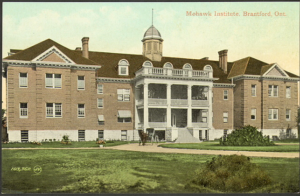
The schools were places of abuse on top of disrupting lives and communities, causing long-term problems among Indigenous peoples. The residential school system operated for about 100 years from the 1880s to the 1996 when the last school was closed. The system forcibly separated children from their parents and families and forbade them to acknowledge their Aboriginal heritage and culture or to speak their own languages at all. In fact, they were severely punished if any of these or other strict rules were broken. An estimated 6,000 children died at residential schools. Former students of residential schools have spoken of horrible abuse from the residential school staff: physical, sexual, emotional and psychological abuse. Not only did they hurt Aboriginal students, but the residential school system provided them with an inferior education that focused on training students in manual labor, light industry and domestic work. In total, an estimated 150,000 First Nation, Inuit and Métis children were placed in residential schools.
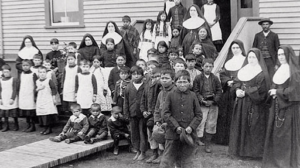
Residential schools systematically undermined Aboriginal culture across Canada and disrupted families for generations, severing the ties through which Aboriginal culture is taught and sustained, and contributing to a general loss of language and culture. Because the government’s and the churches’ goal was to erase all aspects of Aboriginal culture in young people to end the transmission from one generation to the next, the residential school system is considered a form of cultural genocide. Since the last residential school closed in 1996, former victims and students have demanded recognition and restitution. This resulted in the Indian Residential Schools Settlement Agreement in 2007 and a formal public apology by Prime Minister Stephen Harper in 2008.
Sources:
- https://indigenousfoundations.arts.ubc.ca/the_residential_school_system/#:~:text=The%20term%20residential%20schools%20refers,Canadian%20and%20Christian%20ways%20of
- https://www.thecanadianencyclopedia.ca/en/article/residential-schools#:~:text=When%20did%20the%20first%20residential,first%20boarding%20students%20in%201831.







